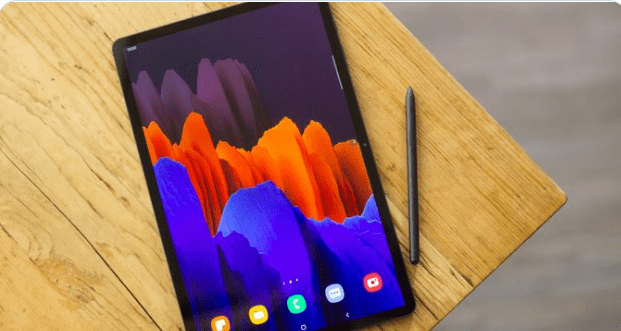Last updated on January 31st, 2022 at 10:19 am
[ad_1]
After a little delay owing to unclear causes, Samsung has announced its latest premium mobile processor, the Exynos 2200. The flagship Exynos 2200 is a newly built mobile CPU featuring a powerful Samsung Xclipse graphics processing unit based on the AMD RDNA 2 architecture (GPU). According to the company, the Exynos 2200 will enable the ultimate mobile phone gaming experience, as well as enhance the overall experience in social media apps and photography, thanks to the most cutting-edge Arm-based CPU cores available on the market today and an upgraded neural processing unit (NPU).
Exynos’ letter “X” is used with the word “eclipse” to form Xclipse. The Xclipse GPU, like an eclipse, will signify the end of an era in mobile gaming and the beginning of a new one. Samsung and AMD have been working together for a long time, with both companies signing a licensing agreement in 2019. AMD had previously stated that RDNA 2 would be used in Samsung’s “next flagship mobile processor” in 2021.
“By combining cutting-edge mobile, GPU, and NPU technologies with the most advanced 4-nanometer (nm) EUV (extreme ultraviolet lithography) process, Samsung has built the Exynos 2200 to give the best experience for smartphone consumers.” “With the Xclipse, our new mobile GPU designed with industry leader AMD’s RDNA 2 graphics technology, the Exynos 2200 will reinvent mobile gaming experience, helped by increased graphics and AI performance,” stated Yongin Park, President of Samsung Electronics’ System LSI Business.
“In addition to providing users with the finest mobile experience possible, Samsung will continue to lead the way in logic chip innovation.”
The Xclipse GPU inherits advanced graphic features such as hardware-accelerated ray tracing (RT) and variable rate shading (VRS) that were previously only available on PCs, laptops, and consoles thanks to AMD’s RDNA 2 architecture. Xclipse GPU is a one-of-a-kind hybrid graphic processor that sits between the console and the mobile graphics processor, according to the South Korean tech titan.
Variable-rate shading is a GPU workload optimization approach that allows developers to use lower shading rates in locations where overall quality will not be compromised. This frees up the GPU to focus on the areas that matter most to players, resulting in higher frame rates and smoother gameplay.
“The AMD RDNA 2 graphics architecture brings high-performance, energy-efficient graphics to PCs, laptops, consoles, vehicles, and even mobile phones.” Samsung’s Xclipse GPU is the first in a series of AMD RDNA graphics in Exynos SoCs, according to David Wang, Senior Vice President of AMD’s Radeon Technologies Group.
“We can’t wait for our mobile phone customers to enjoy the fantastic gaming experiences made possible by our technology partnership.”
The Samsung Exynos 2200 is one of the first smartphones to feature Arm’s new Armv9 CPU cores, which provide a significant boost over Armv8 in terms of security and performance, two factors that are increasingly crucial in today’s mobile communications devices. The Exynos 2200’s octa-core CPU is made up of a single powerful Arm Cortex-X2 flagship-core, three performance and efficiency balanced Cortex-A710 big-cores, and four power-efficient Cortex-A510 little-cores in a tri-cluster configuration.
With an improved NPU, the Exynos 2200 provides robust on-device artificial intelligence (AI). The NPU’s performance has doubled over its predecessor, allowing for more parallel calculations and improved AI performance. In addition to being power-efficient, the NPU now supports FP16 (16bit floating point) precision.INT8 (8-bit integer) and INT16 (16-bit integer).
The image signal processor (ISP) architecture of the Exynos 2200 has also been updated to enable the latest image sensors with up to 200-megapixel resolution (MP). The ISP enables up to 108 MP in single camera mode and 64+36 MP in dual camera mode at 30 frames per second (fps). For complex multi-camera configurations, it can connect up to seven independent image sensors and drive four at the same time. The ISP can record video in up to 4K HDR (or 8K) resolution.
[ad_2]




